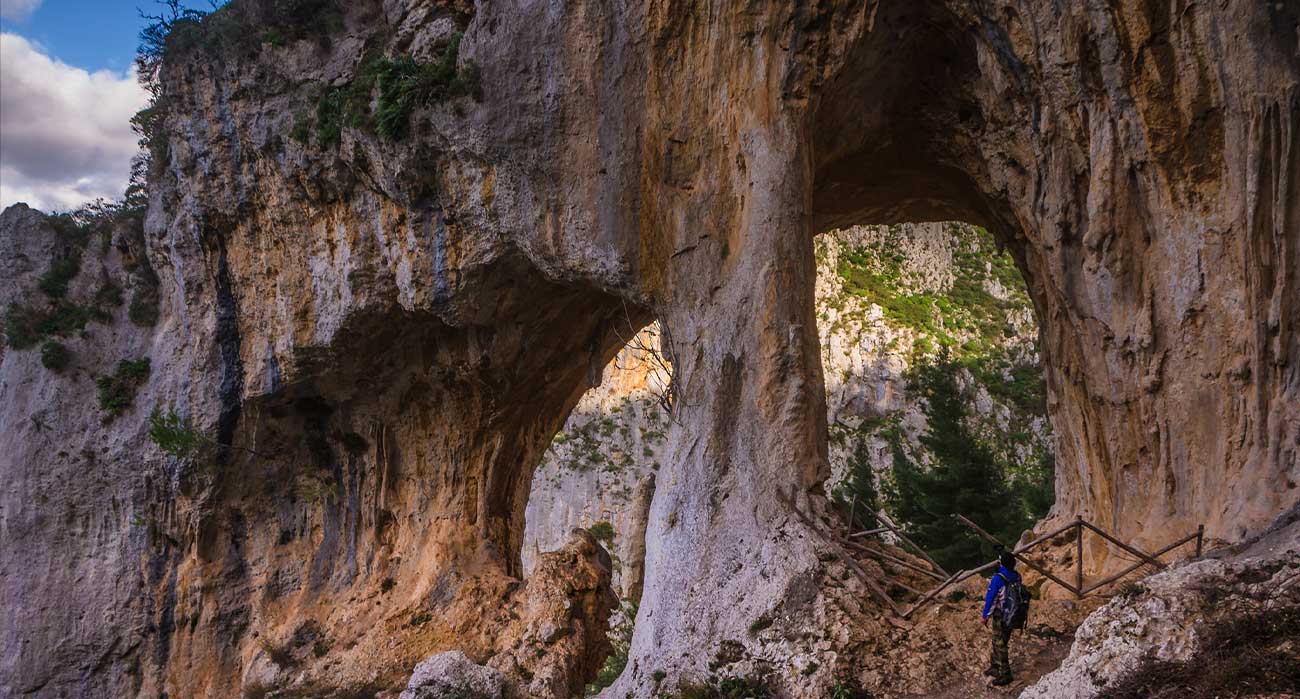
Gratteri and its “GRATTARA” cave
Are you ready to explore one of the oldest and most characteristic villages in the Madonie, which has not yet been affected by hit-and-run tourism? If you want to have an authentic experience and get in touch with nature and the truest history of northern Sicily, you must choose Gratteri, to discover the history and legends of this picturesque village near Cefalù.
The best place to start your immersion will be the Belvedere Ganci Battaglia, where you can request the presence of one of our storytellers who will accompany you throughout this fascinating journey. With a spectacular view in the background, you will understand why Gratteri has been called the ‘terrace on the Tyrrhenian Sea’.
This is how your route begins: walking through the narrow streets of the town, we will cross the main street, until we reach the fountain of the Nymph, located in a small villa in front of the Mother Church, the narrator will tell you the story of that stone shell, similar to the one in the nearby Grotta Grattàra. In fact, the fountain in the square could probably be linked by similarity and significance to that of Grotta Grattàra, formed over the millennia by the perpetual dripping of waters considered to be purgative and restorative and from which the town would probably take its name.
The Grotta Grattàra is an integral part of the history and folklore of the place: the legendary presence of a female entity, guardian of a cave, and of a source of regenerating water, would in fact refer to the symbolic horizon of a millenary myth that could be linked to a primordial place of indigenous worship of chthonic divinities who, according to ancient peoples, were represented by nymphs embodying the spirit of the place: the ‘Genius Loci’.
The access to the spring is via a small natural staircase built by human feet over the millennia. Thousands of swallows nest every year in the crevices of its inaccessible outer ledges, where spontaneous elm and wild pistachio trees grow, making it even more pleasant for those who visit the cave in spring.
